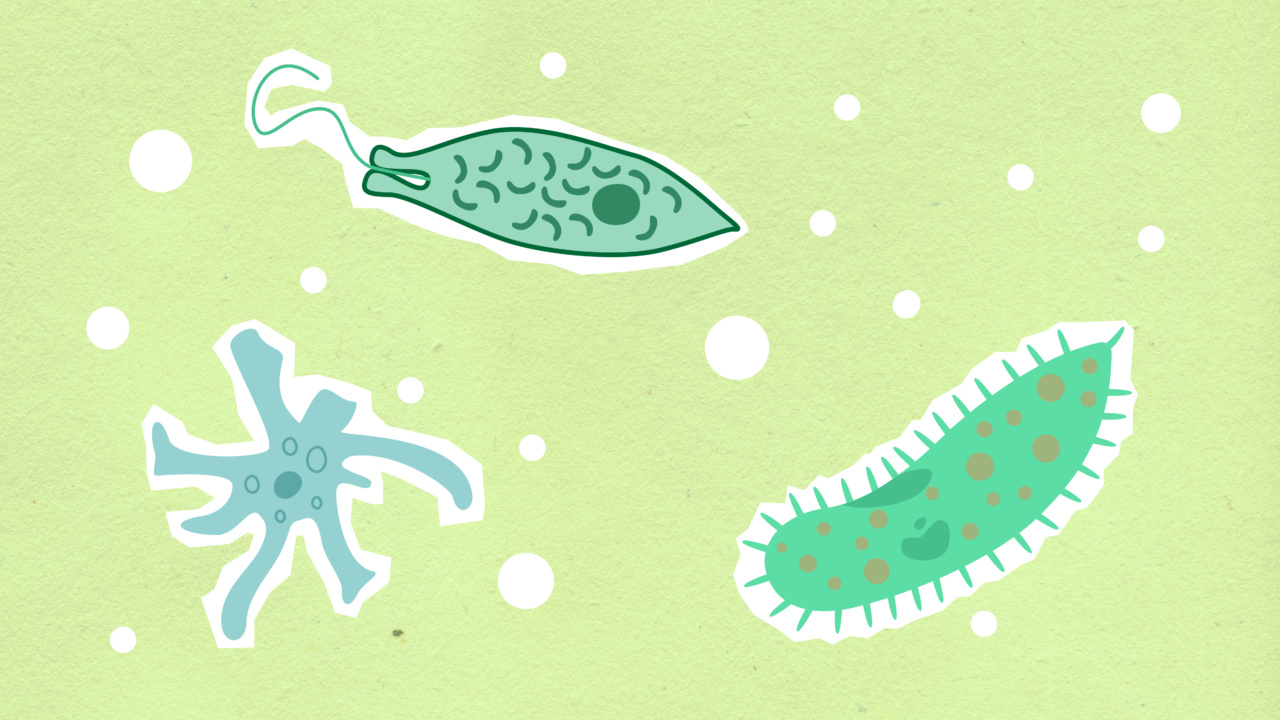Antigenic changes and cell renewal are fascinating processes that occur within the human body. These events play crucial roles in maintaining the function and integrity of various tissues and organs.
In this visual journey, we will explore the mechanisms behind antigenic changes and cell renewal, and their significance in health and disease.
Antigenic Changes
Antigens are foreign substances that can trigger an immune response in the body. These can include pathogens such as bacteria, viruses, or even non-living substances like toxins.
Antigenic changes refer to alterations in the properties of antigens that allow them to evade immune recognition or response.
Types of Antigenic Changes
There are several ways in which antigens can undergo changes to evade the immune system. One common mechanism is antigenic drift, which involves small changes in the antigen’s genetic makeup over time.
This makes it difficult for the immune system to recognize the antigen as a foreign invader, leading to reduced immune response.
Another type of antigenic change is antigenic shift, which involves major changes in the structure or composition of the antigen.
This can occur when different strains of a virus or other pathogen combine their genetic material, resulting in a new antigenic variant. Antigenic shift can give rise to more virulent or drug-resistant pathogens, posing significant challenges to public health.
Immune Response to Antigenic Changes
When the immune system detects the presence of an antigen, it mounts a response to eliminate the invader. This response involves the activation of specialized cells called lymphocytes, which produce antibodies that bind to the antigen and neutralize it.
However, antigenic changes can impair the effectiveness of this immune response.
In the case of antigenic drift, the genetic changes in the antigen may lead to reduced antibody binding. As a result, the immune system may fail to eliminate the pathogen effectively, allowing it to persist and cause repeated infections.
Antigenic shift, on the other hand, may result in the production of antibodies that are no longer capable of neutralizing the new variant of the antigen.
Cell Renewal
Cell renewal is a fundamental process that occurs throughout the human body. It involves the continuous replacement of old or damaged cells with new ones, ensuring the proper functioning of tissues and organs.
Various mechanisms contribute to cell renewal, including cell division, differentiation, and programmed cell death.
The Importance of Cell Renewal
Cell renewal is essential for maintaining the integrity and homeostasis of tissues and organs.
In organs with a high cell turnover rate, such as the skin, gastrointestinal tract, and blood cells, continuous cell renewal ensures proper functioning and protection against external threats. Additionally, cell renewal plays a vital role in tissue repair and regeneration following injury or disease.
Cell Renewal in Different Tissues
The rate of cell renewal varies across different tissues and organs in the body.
For example, the skin undergoes rapid cell turnover, with the outermost layer of cells being continuously shed and replaced with newly-formed cells from the underlying layers. This process helps maintain the barrier function of the skin and facilitates wound healing.
In contrast, some tissues have a lower turnover rate and can retain their cells for extended periods. For instance, neurons in the central nervous system have limited regenerative capacity, making their survival crucial for long-term brain function.
Understanding the factors that regulate cell renewal in different tissues is of great interest in both physiological and pathological contexts.
Regulation of Cell Renewal
Cell renewal is tightly regulated by various factors, including signaling molecules, growth factors, and immune cells. One key mechanism involved in cell renewal is the balance between cell division and programmed cell death, also known as apoptosis.
This balance ensures the removal of old or damaged cells while maintaining a sufficient number of functional cells.
Additionally, stem cells play a crucial role in cell renewal by replenishing the pool of differentiated cells. Stem cells have the unique ability to self-renew and differentiate into specialized cell types.
Their presence in various tissues allows for ongoing cell turnover and regeneration.
Impact of Antigenic Changes on Cell Renewal
The relationship between antigenic changes and cell renewal is complex and multifaceted. On one hand, the immune response against antigens can directly impact cell renewal.
Inflammatory responses triggered by antigens can lead to tissue damage and disrupted cell renewal processes. Chronic inflammation, often associated with persistent antigenic stimulation, can impair the regeneration of affected tissues.
On the other hand, cell renewal itself can be influenced by antigenic changes. For instance, certain antigens may directly affect the proliferation or survival of specific cell types involved in tissue renewal.
Additionally, alterations in antigenic composition can trigger immune responses that indirectly influence cell renewal processes through the release of cytokines and other signaling molecules.
Implications for Health and Disease
Understanding antigenic changes and cell renewal is crucial for the development of effective therapies and interventions in various health conditions.
In infectious diseases, studying antigenic changes can help identify potential targets for vaccines or antiviral drugs. By understanding the factors that regulate cell renewal, we can potentially harness this knowledge to promote tissue repair and regeneration in conditions such as wound healing, neurodegenerative diseases, and cancer.
Conclusion
Antigenic changes and cell renewal are interconnected processes that have profound implications for human health. Antigenic changes can evade immune responses, leading to increased challenges in combating infectious diseases.
Cell renewal, on the other hand, ensures the proper functioning and regeneration of tissues and organs. By unraveling the complex relationship between antigenic changes and cell renewal, we can gain insights into various health and disease processes, paving the way for improved interventions and therapies.


























